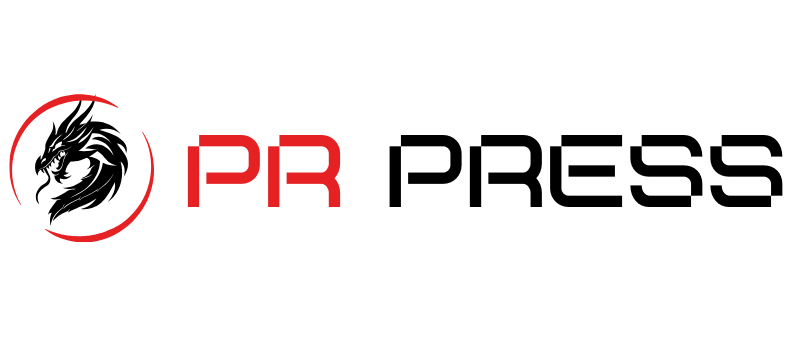In the rapidly evolving landscape of online education, institutions and platforms are increasingly turning to pay-per-click (PPC) advertising to attract students and drive enrollments. With global e-learning markets projected to surpass $400 billion by 2026, competition for visibility is fierce. A well-executed PPC campaign, often managed by a skilled digital advertising agency, can be a game-changer, offering precise targeting and measurable results. This article explores proven strategies for creating a winning PPC campaign tailored to online education platforms, drawing on industry insights and emerging trends.
Understanding the Unique Needs of Online Education PPC
Unlike traditional retail or service-based PPC campaigns, online education platforms face unique challenges. Prospective students are not impulse buyers; they make calculated decisions based on program quality, reputation, cost, and career outcomes. Additionally, the sales funnel for education is longer, often spanning weeks or months. A successful PPC campaign must account for these factors while delivering compelling messaging that resonates with diverse audiences, from recent high school graduates to working professionals seeking upskilling opportunities.
Recent data from the Online Learning Consortium indicates that 70% of students researching online programs use search engines as their primary discovery tool. This underscores the importance of PPC in capturing high-intent traffic. However, success hinges on aligning campaigns with user behavior and platform goals, whether that’s increasing course sign-ups, promoting free webinars, or building brand awareness.
Step 1: Define Clear Campaign Objectives
Before launching a PPC campaign, clarity on objectives is essential. Are you aiming to boost enrollment for a specific course, generate leads for a new certificate program, or drive traffic to a virtual open house? Each goal requires a tailored approach. For example, a campaign focused on lead generation might prioritize form submissions, while one aimed at brand awareness could emphasize impressions and clicks.
Consider the SMART framework—Specific, Measurable, Achievable, Relevant, and Time-bound—when setting goals. For instance, a goal like “Increase enrollments for our data science bootcamp by 20% within three months” provides a clear roadmap for campaign structure and evaluation.
Step 2: Know Your Audience Inside Out
Effective PPC campaigns are built on deep audience insights. Online education platforms cater to varied demographics, each with distinct motivations. A 22-year-old seeking a bachelor’s degree has different priorities than a 40-year-old professional pursuing an executive MBA. Use tools like Google Analytics, social media insights, and customer surveys to segment your audience based on age, location, career goals, and search behavior.
Once segments are identified, create detailed buyer personas. For example, “Career-Switching Sarah” might be a 30-year-old professional searching for affordable, flexible coding bootcamps. Tailor ad copy and landing pages to address her pain points, such as time constraints or job placement concerns. Google Ads’ audience targeting features, including affinity and in-market audiences, can further refine your reach.
Step 3: Craft Compelling Ad Copy
Ad copy is the first impression prospective students have of your platform. It must be concise, persuasive, and aligned with search intent. Highlight unique selling points, such as accredited programs, flexible schedules, or industry-recognized certifications. Avoid generic phrases like “best online courses” and instead use specific value propositions, such as “Earn a Harvard-backed certificate in 12 weeks.”
Incorporate emotional triggers that resonate with your audience. For instance, ads targeting career changers might emphasize empowerment and transformation, while those for younger students could focus on affordability and future-proof skills. Include clear calls-to-action (CTAs) like “Apply Now,” “Download Brochure,” or “Join Our Free Webinar” to guide users toward the next step.
Step 4: Optimize Keywords for Intent
Keyword selection is the backbone of any PPC campaign. For online education, focus on keywords that reflect high intent, such as “online MBA programs,” “data science certification,” or “affordable coding bootcamp.” Long-tail keywords, which are more specific and less competitive, often yield better results. For example, “best online graphic design course for beginners” is more targeted than “graphic design course.”
Use Google Keyword Planner to identify relevant terms and analyze search volume. Group keywords into tightly themed ad groups to improve Quality Score and reduce cost-per-click (CPC). Negative keywords are equally important—exclude terms like “free” or “cheap” if your platform offers premium programs to avoid unqualified clicks.
Step 5: Design High-Converting Landing Pages
A click on your ad is only half the battle; converting that click into a lead or enrollment requires a seamless landing page experience. Landing pages should be visually clean, mobile-optimized, and aligned with the ad’s messaging. If your ad promotes a cybersecurity course, the landing page should provide detailed information about that course, not a generic homepage.
Key elements of a high-converting landing page include:
- Clear Headlines: Reinforce the ad’s promise, e.g., “Launch Your Cybersecurity Career Today.”
- Trust Signals: Display accreditations, student testimonials, or employer partners.
- Simple Forms: Ask for minimal information, such as name and email, to reduce friction.
- Strong CTAs: Use action-oriented buttons like “Start Your Application.”
A/B testing different layouts, headlines, and CTAs can uncover what resonates most with your audience.
Step 6: Leverage Advanced PPC Features
Modern PPC platforms offer sophisticated tools to enhance campaign performance. Google Ads’ responsive search ads allow you to test multiple headlines and descriptions, automatically optimizing for the best combinations. Similarly, dynamic keyword insertion can personalize ads based on user queries, increasing relevance.
Retargeting is particularly effective for education platforms, as prospective students often need multiple touchpoints before committing. Use remarketing lists to re-engage users who visited your site but didn’t convert. For example, show tailored ads to users who viewed a specific program page, offering incentives like application fee waivers.
Step 7: Monitor and Optimize Continuously
A PPC campaign is not a “set it and forget it” endeavor. Regular monitoring is critical to maximize return on investment (ROI). Track key metrics like click-through rate (CTR), conversion rate, and cost-per-acquisition (CPA) using Google Ads’ reporting tools. If a campaign is underperforming, analyze potential issues, such as irrelevant keywords, weak ad copy, or slow-loading landing pages.
Experiment with bid adjustments to prioritize high-performing audiences or devices. For instance, if mobile users convert at a higher rate, allocate more budget to mobile bids. Partnering with a digital advertising agency can provide expert insights for optimizing bids and scaling campaigns effectively. Seasonal trends, such as back-to-school periods, can also inform budget allocation and campaign timing.
Emerging Trends in Education PPC
As of July 2025, several trends are shaping PPC strategies for online education. Video ads are gaining traction, with platforms like YouTube offering opportunities to showcase virtual campus tours or faculty interviews. Additionally, AI-driven tools are streamlining campaign management, from keyword research to bid optimization. Privacy regulations, such as enhanced data protection laws, are also prompting platforms to rely more on first-party data and contextual targeting.
Conclusion
Creating a winning PPC campaign for online education platforms requires a blend of strategic planning, audience insight, and continuous optimization. By setting clear objectives, crafting compelling ads, and leveraging advanced tools, platforms can cut through the noise and connect with prospective students. As the e-learning industry continues to grow, those who master PPC will be best positioned to thrive in this competitive space. Start small, test rigorously, and scale what works—your next student is just a click away.










